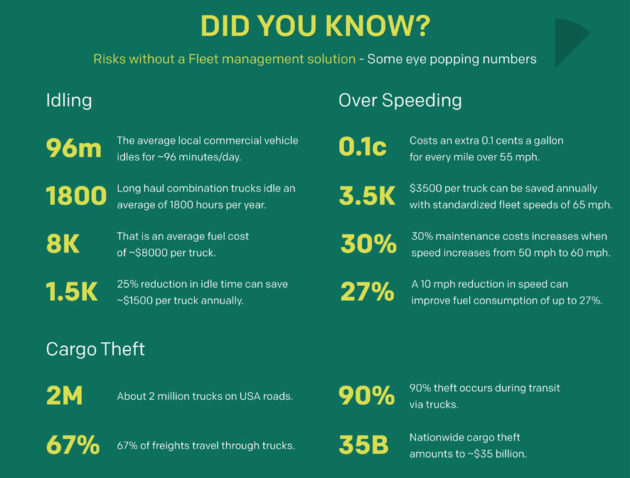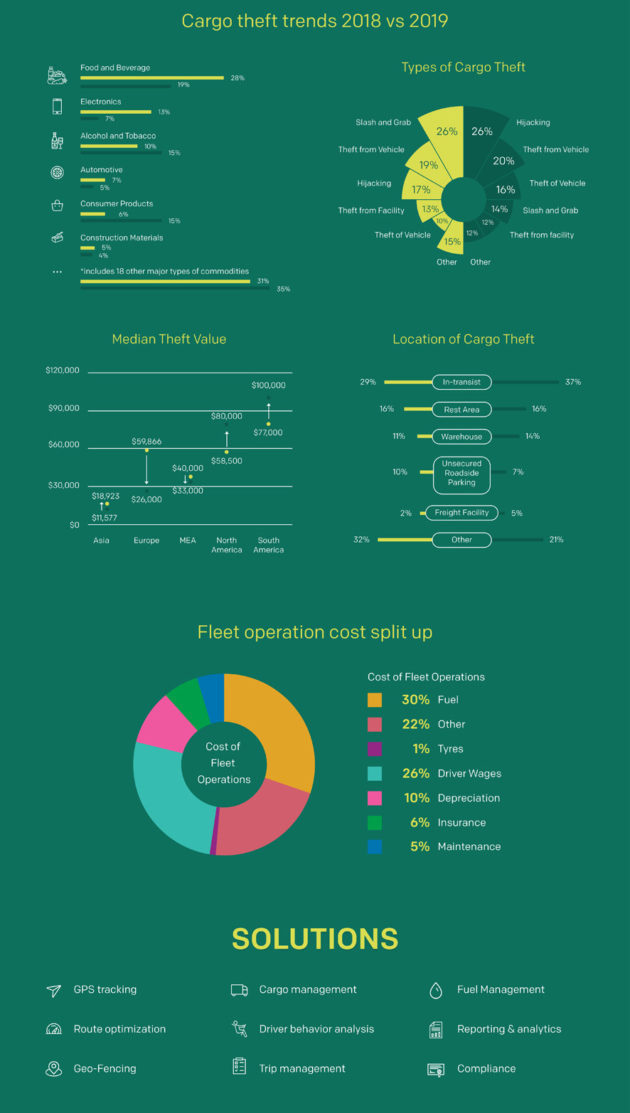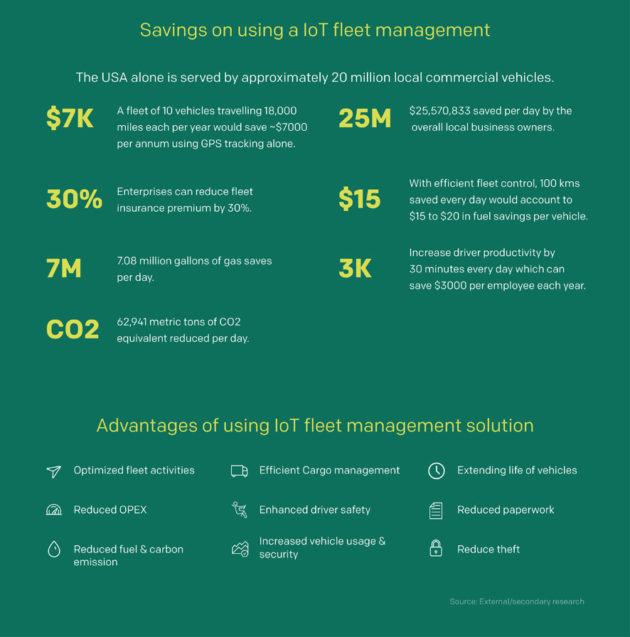Karen Ravindranath, Director, WebNMS, the IoT division of Zoho Corporation, speaks to Sarada Vishnubhatla about the company’s strategy, product roadmap development, innovations and how they are gearing up to cater to future mobility. Her passion for work comes through when she talks about how IoT connectivity can bring about transformation in asset management. WebNMS caters to major industry domains, including automotive, transportation and logistics.

Established in 1996 as the founding product of Zoho Corporation, WebNMS is an enterprise scale IoT platform that provides edge-to-cloud solutions to various industry domains, including automotive, transportation and logistics. The idea behind it was to ‘enable their customers including OEMs to develop their own IoT solutions’. From the time of its inception, WebNMS has evolved into creating customized solutions for different domains.
Karen Ravindranath, Director, WebNMS says: “We saw that combining IoT capabilities with telematic solutions and giving more with the analytics was the game changer. That is how we launched the FMS which is comprehensive solution that not only tracks but also utilizes IoT for monitoring multiple aspects of a fleet. We have a proven track record with more than 400 customers and software implementation in over 25,000 service provider networks.”
WebNMS began catering to the automotive domain in 2014-15. They could offer their innovative and disruptive solutions for monitoring issues like vehicle vibrations, temperature in reefers, cargo health monitoring – not merely from the vehicle but from inside the cargo itself.
She adds: “Mere data does not make complete sense. The next step for us was to add machine learning to it where we helped evolve our solutions to provide preventive maintenance based on the OBD data and safety management because maintenance, traditionally, is done as scheduled one which does not look at the current vehicle condition. Similarly, driver behaviour. In most cases, the fleet owners were unaware of their drivers’ behaviour during the trips since it is not virtually monitorable. We have helped our clients make substantial improvements in the driver behaviour aspect. Add to that we flag the alerts that come up during a trip and rate the driver based on them and then give a report with all the facts.”
An End-to-End Solution
WebNMS’ IoT platform aims to bridge gaps in process automation to be able to offer an end-to-end workflow needed by any fleet management company. They also offer additional features like geo fencing – both en route and at a location and sending relevant alerts.
Karen further shares: “The next step was when we brought in the vehicle data into other applications because we saw that most of the times the data does not flow into the enterprise solutions. Our solution feeds the tracking data into CRM, and then into an inventory and billing solution which helps our customers build their own customer network and do contract validation inside the CRM, rather than based on the fleet data. It means that the end-to-end business process is also being automated.”
Ensuring security of data and scalability is another big value-addition offered by WebNMS.
EdgeX Advantage
Developed by WebNMS, EdgeX gateway agent is a key driver in their IoT-enabled passive infrastructure in different domains including manufacturing, and smart utilities amongst others to analyze and optimize vital data to give their customers a secure way to connect and manage their IoT devices and applications. It works ‘regardless of brand, communication, platform or operating system’.
Karen explains: “EdgeX is offered free of charge with our platform. It is part of the IoT reading – not in the tracker devices – as a valuable addition to perform local analytics even when the connectivity is bad. EdgeX has the capability to store data for long periods of time, and then pushing it through when the connectivity is available. It is a flexible IoT platform. Our customers can customize it the way they want their reports, their dashboard and viewing of the data, and the assets they wish to monitor.”
One of the many advantages of their unified platform is the fuel management where the fuel level monitoring of the customer vehicles is performed with the locations prioritized based on the requirement. This has ensured that the truck rolls are reduced, which in turn, saves cost for the customers. According to Karen, a ‘simple fleet management solution will not be able to address this kind of market and this is where WebNMS has really been able to add value’.
She continues: “When it comes to fleet data, we offer device support so that our customers have immense choice. We partner with many global and Indian companies to provide AIS 140 approved products, so that they also meet compliances. And these products are seamlessly integrated into WebNMS already, which facilitates the fit-and-forget concept. The data automatically starts coming into the product and we help them utilize the data including information on trips undertaken, fuel consumed, as well as maintenance logs and additionally, rostering and planning besides automated dispatching. And then all this is pumped into the enterprise systems.”
Domain Cold Chain Logistics
Cold chain logistics sector is still a growing phenomenon in India and to think that it will employ latest technology at the earliest is perhaps a far-fetched idea at the moment.
Karen agrees: “It is still an unorganized sector. We do not see good penetration of technology yet. The risks are higher in the pharma industry since they ferry life-saving drugs and other medicines. That said, the only different parameter that the tracker devices are fitted with when used in a reefer is the temperature monitoring sensor in the cabin. The sensors alert the driver instantly for any possible repair or leakage say when a door is ajar or during off-loading, while also informing the supervisor or the fleet manager. And the pharma companies require temperature range reports from start to finish which we provide.”
The tracker devices can gather additional data points which can collect the temperature from different parts of the cabin and sends the data to the cloud – both for reporting to the customer and also locally for immediate action if need be.
Technology Adoption
Policies pertaining to fleet maintenance and condition inspection differ in India from US and Europe, according to Karen. As a global company, WebNMS offers the same fleet solutions to all their customers but with a few tweaks in India.
She shares: “We cater to mandates such as hours of service, fleet maintenance or condition checks before and after every trip to be recorded according to the government guidelines in the US, Middle East and Europe. When those parameters come into play, safety of the vehicles, cargo and drivers gets improved drastically. There is visibility into every area of fleet management. It is not the same in India. Regulation and policy are things that need to be addressed by the government here. When these come into play, people will automatically follow and adopt technology.”
India being a highly cost sensitive market, the cost of connectivity, and hardware are major hurdles today. Though larger companies are opting for proper fleet management solutions, traditional family owned fleets are always aware of the cost involved. But with younger generation coming into responsible roles in their businesses, adoption of technology has more chances of thriving.
The mobile app by WebNMS has proved attractive to the new generation bosses of family owned fleet companies.
She adds: “We are looking at bringing AI and similar technologies where they can scan the vehicle identities automatically and give complete reports by reading without even entering data manually. We are working towards ease-of-use with the help of technology and with our focus on mobility.”
Autonomous and e-Vehicles
Autonomous driving is being heavily researched into globally and many Indian manufacturers are actively engaged in it too. The oft-repeated hurdles in the form of being road-ready, need for infrastructure still hold true in India and hence, full-fledged adoption may understandably take time. And autonomous driving and EVs mean evolution of WebNMS IoT platform, as Karen explains: “I would say in the next decade the FMS as we know will get modified completely. We will not have driver behaviour management with autonomous vehicles and fuel management with EVs. We see ourselves looking at warehousing and logistics domains where our solution can help connect these business processes. Basically, the entire process will need to be captured onto our platform. And even with autonomous vehicles or EVs, contingencies like accidents will be real. So that is another area – say accident response kind of feature – will become a highlight in our future solutions.”
Opting for a digital solution goes a long way in the ROIs it offers besides giving the technological edge that helps WebNMS’ customers prepare well for future mobility too.



